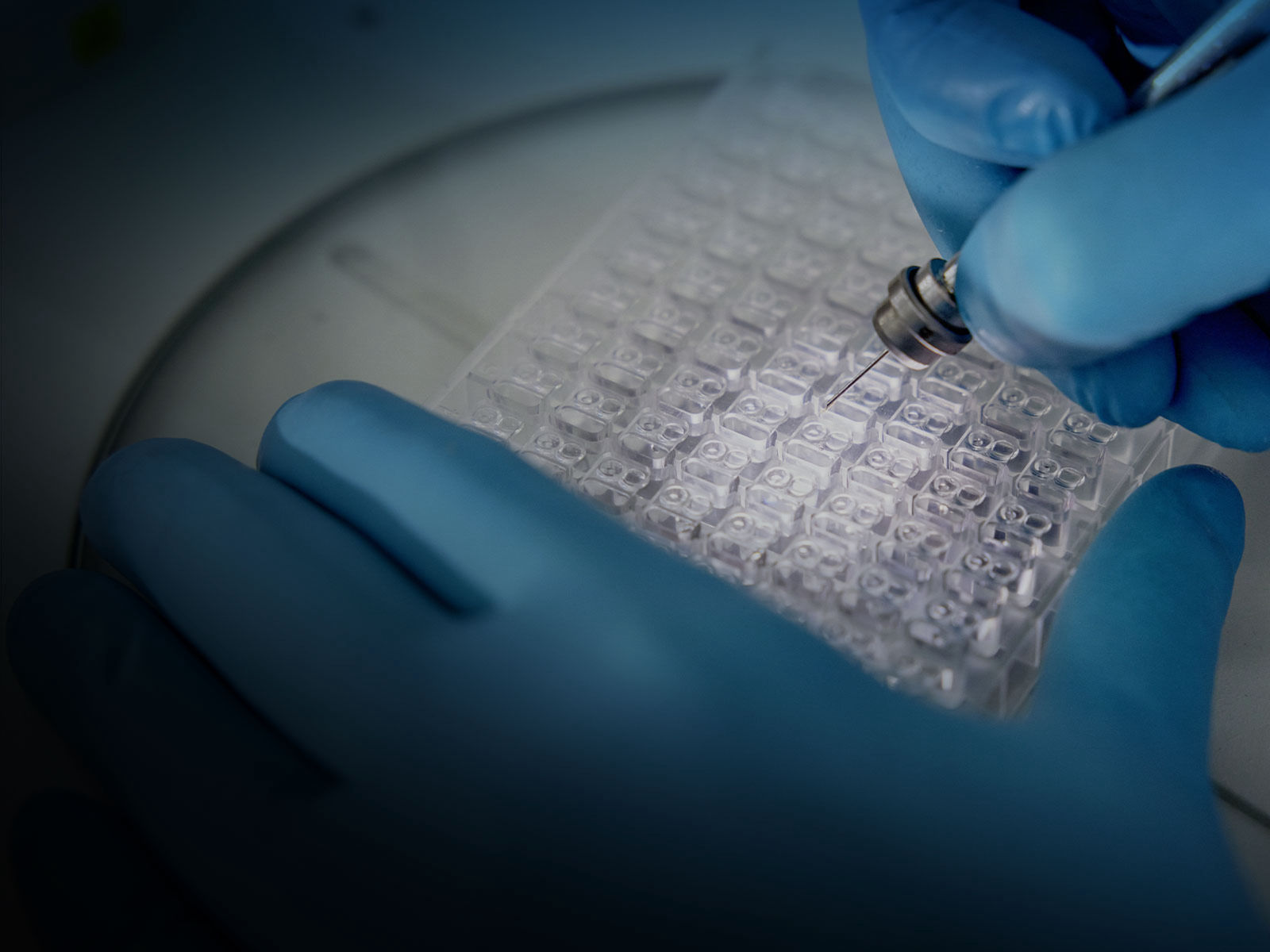
New Impetus for Biotechnology and the Search for New Drugs
PETRA IV's impact on the search for new drugs
The European Molecular Biology Laboratory (EMBL) is one of the most prestigious biological research centres in the world. Since 1974, it has been operating a site at DESY, seeking to answer research questions using high-intensity X-rays.
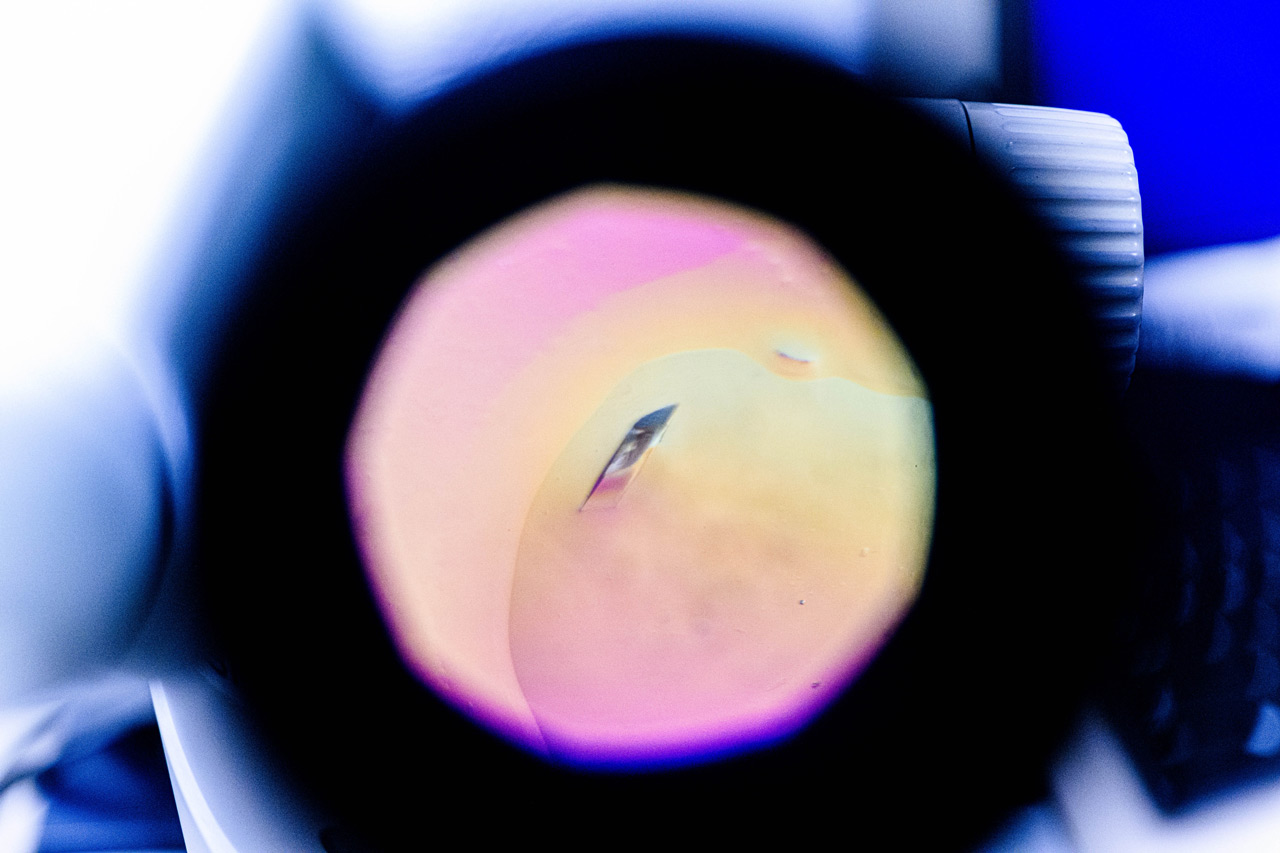
Image: DESY, Daniel Reinhardt
The measuring stations, known as beamlines, operated by EMBL play an important role in the current research programme “Molecules to Ecosystems”, which seeks to understand ecosystems starting at the molecular level and thus to study life in context.
Protein crystallography provides an important basis for developing new pharmaceuticals.
PETRA IV will open up new perspectives for EMBL: all three beamlines stand to benefit from the extremely fine, narrowly focused X-ray beam. The results should help to design more effective drugs, develop new vaccines more quickly and facilitate the tailoring of enzymes. Enzymes that are able to break down plastic waste, for example.
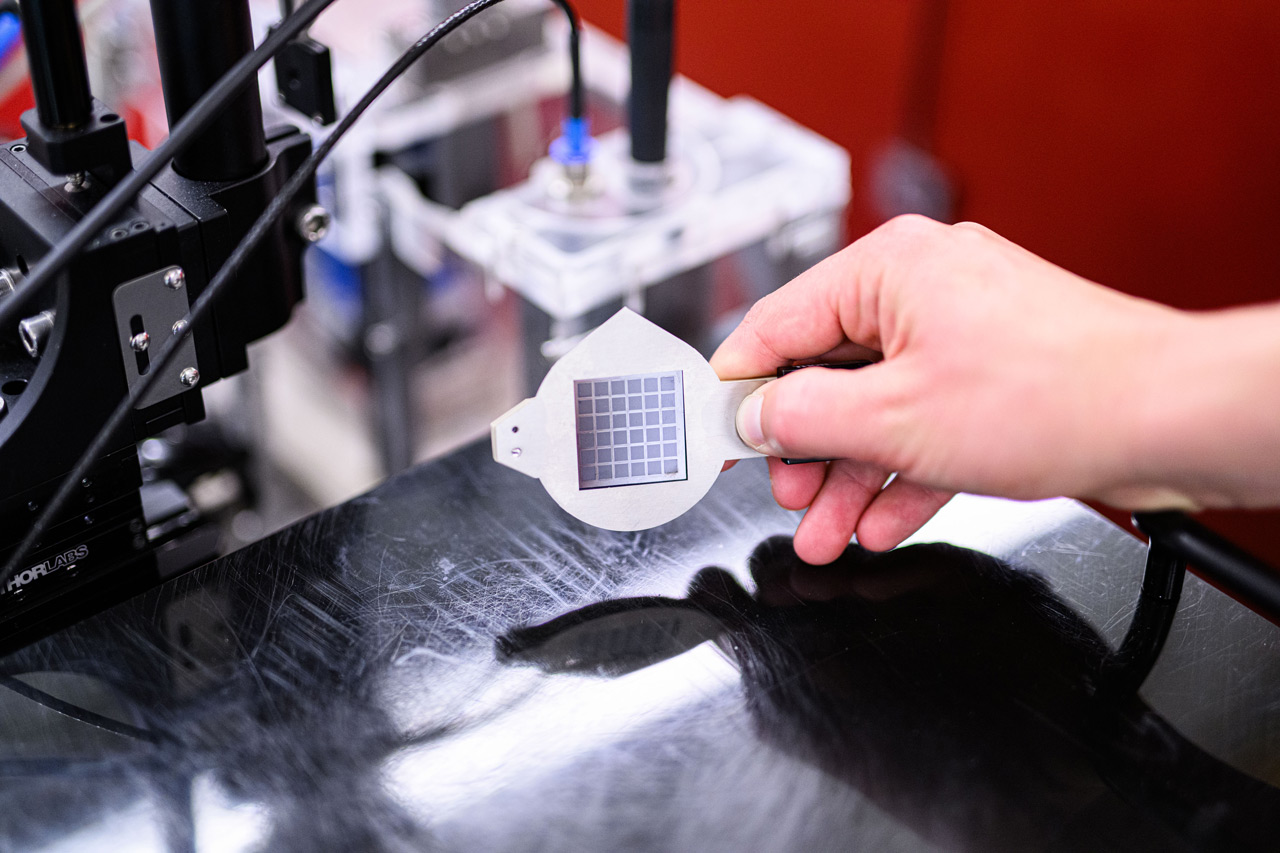
The more detailed the researchers’ knowledge of a protein’s structure, the better they can see how and where a drug can bind to it, for example to inhibit the function of the protein.
The method is also useful in biotechnology: it reveals the shape and mobility of enzymes. Based on this, it is possible to understand them and tailor them to make efficient biocatalysts for industry.
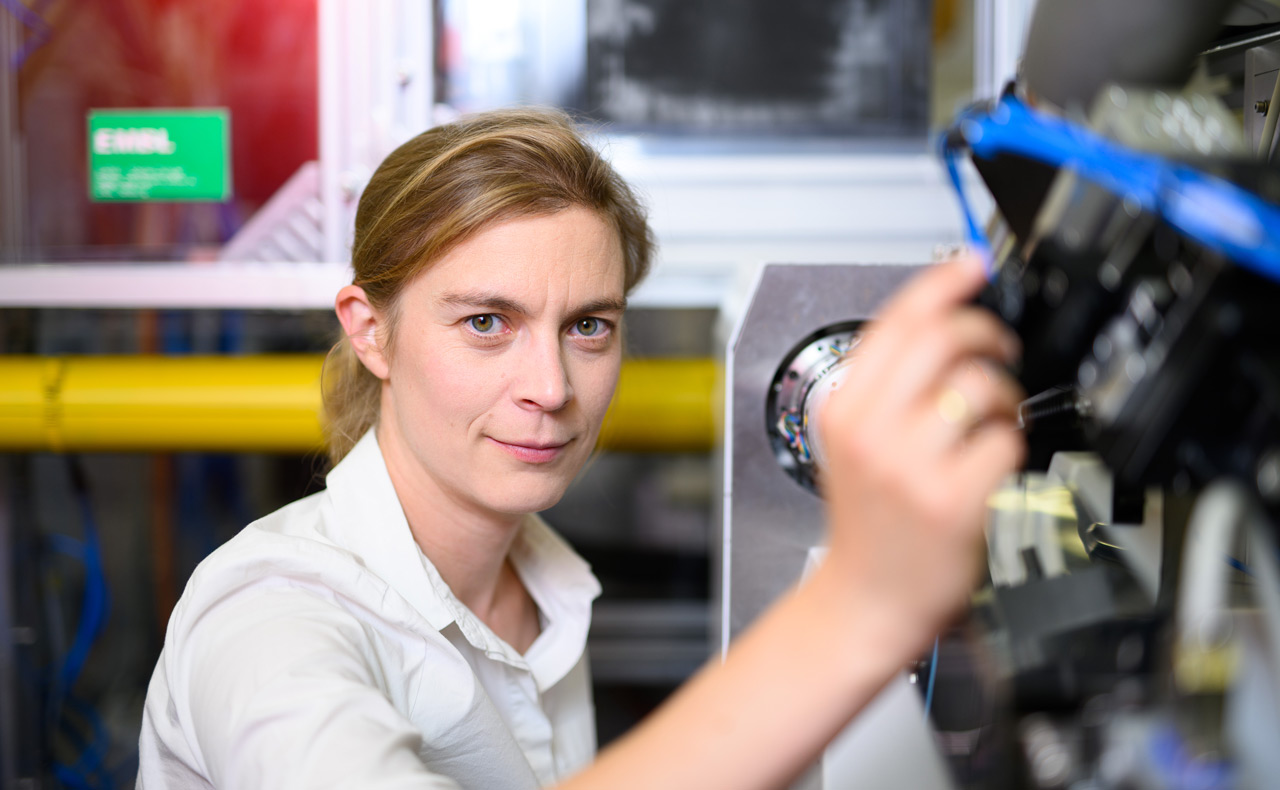
PETRA IV promises significant advances in protein crystallography
- The new facility will allow more experiments to be carried out at high energies, leading to a high resolution. Even the individual hydrogen atoms in a protein can be identified.
- The more narrowly focused beam can improve the measurement of small protein crystals – which is important when studying enzyme reactions, for example.
- The higher-intensity beam means that measurements can be performed with a higher temporal resolution. This makes it possible to track how proteins respond to increases in temperature, light or substances, thereby allowing a fourth dimension to be studied.
"PETRA IV will improve measurements, especially at high energies. These lead to less radiation damage, especially in small crystals, thereby making it easier to measure properties under lifelike conditions.“

Furthermore, a method that has been continuously refined by EMBL for several years now also stands to benefit: X-ray imaging can be performed with a high sample throughput while imaging tissues or organisms at a cellular resolution.
The technique is already helping scientists to better understand the life cycle of the pathogen that causes malaria and thus to identify new drug targets in the long term. It is also possible to observe the effects of pollutants and climate-related temperature increases on certain marine organisms.

The Mainz-based company BioNTech, for example, worked with EMBL to determine the shape of so-called nanolipids. These can be used to deliver vaccines, making them a prerequisite for developing and deploying modern mRNA vaccines.
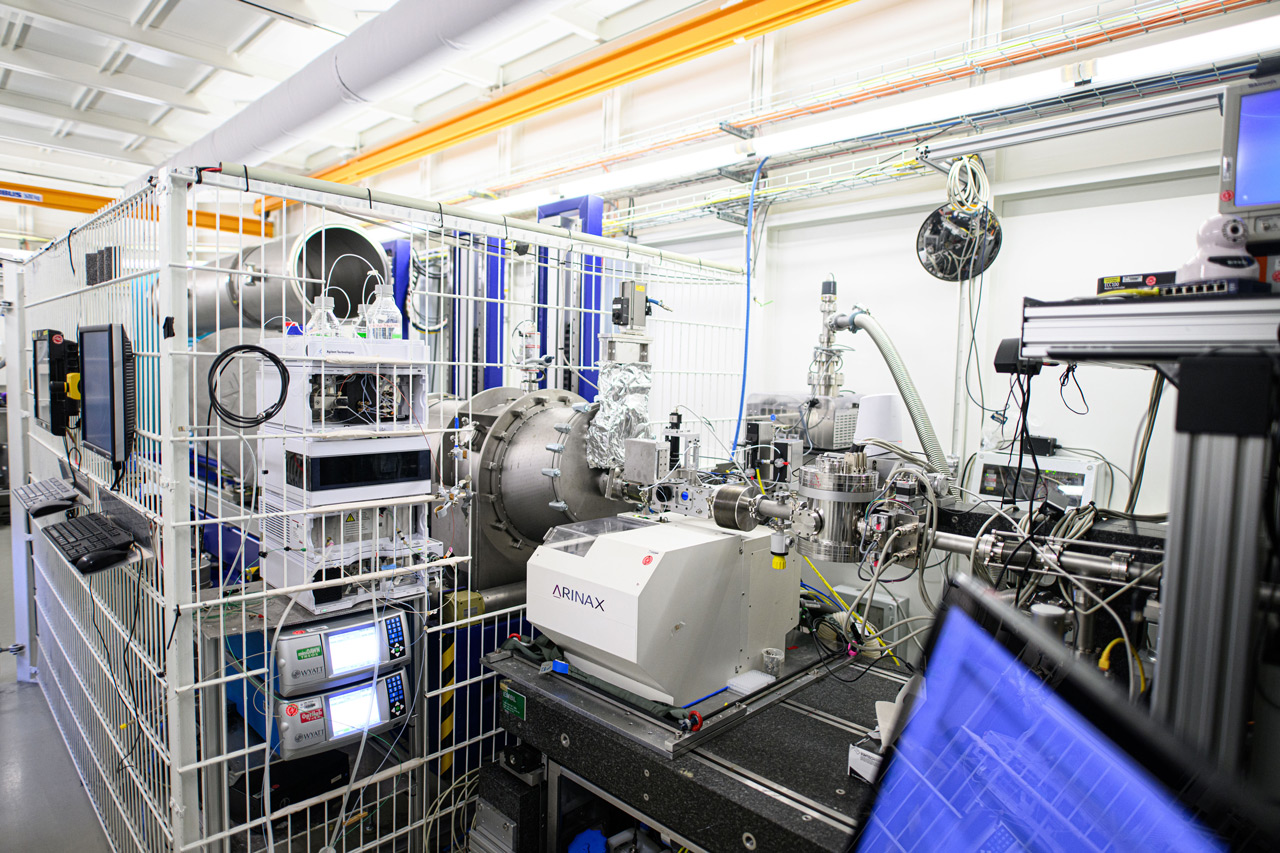
PETRA IV will permit even more precise measurements
- Expanded possibilities: The biomolecules to be studied can be analysed under different conditions at lower concentrations and in a shorter time.
- Increased precision: The intense X-ray beam allows very dilute samples to be analysed.
- Real-time observations: The excellent properties of the beam facilitate time-resolved measurements with a sub-millisecond resolution, making it possible to observe how different biomolecules react with each other.
A further X-ray technique would benefit from PETRA IV – small-angle X-ray scattering. With this technique, proteins do not have to be forced into crystalline form, but can be studied in solution, corresponding more closely to their natural state. Changes in the solution – such as salinity, pH value or temperature – may lead to changes in the molecular structure which can be observed with the help of small-angle X-ray scattering.
These observations are crucial to understanding the function of the molecule. The technique is not limited to proteins.
Innovative 3D X-ray microscope for much more detailed images
- The coherence of the radiation is greater, making it more like a laser. This is favourable for capturing extremely high-contrast images.
- In the future, data from weakly absorbing and unstained samples will provide better image quality and allow samples to be viewed in greater detail.
- The goal is to increasingly combine different imaging techniques and to also use the high-resolution X-ray imaging at neighbouring beamlines for this purpose. That way it will be possible to zoom in on a section of the image after having obtained an overview of the sample.
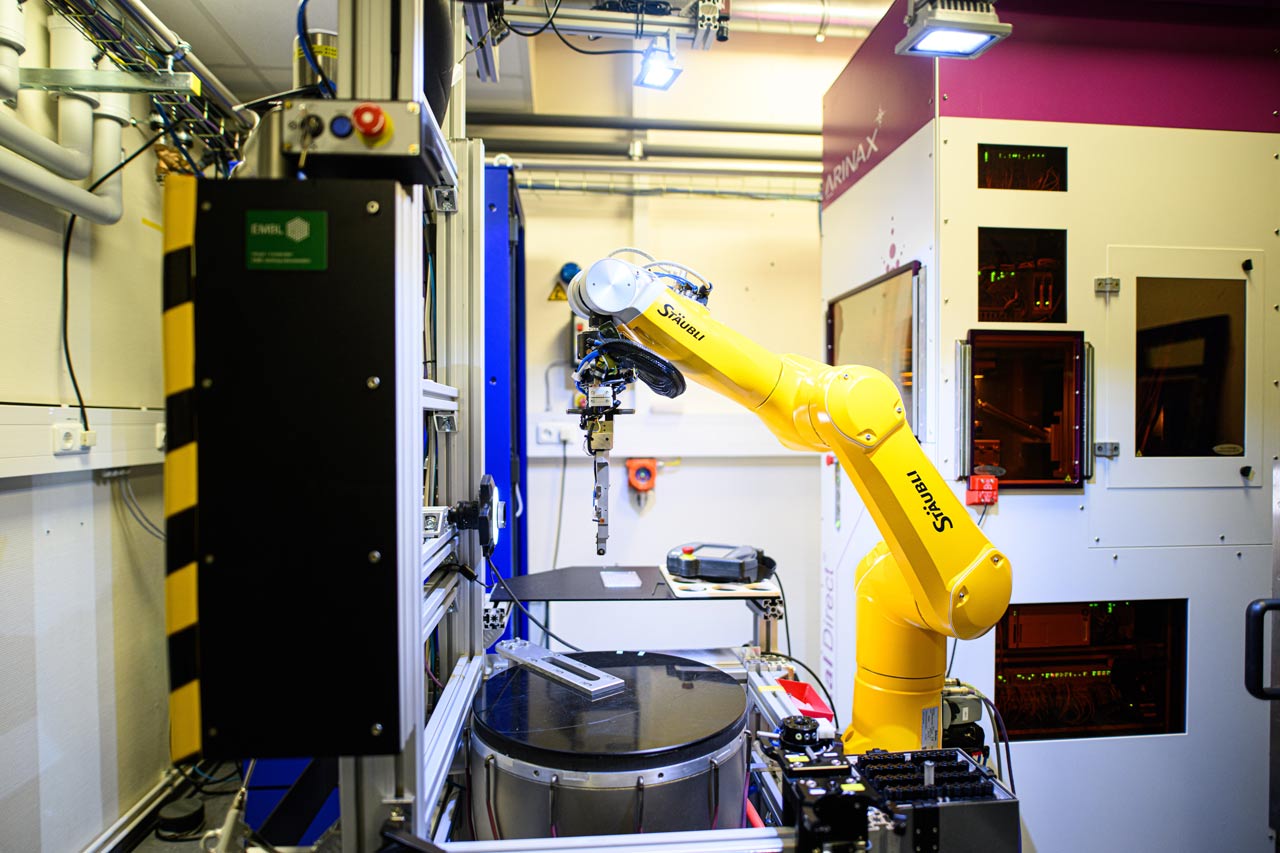
EMBL intends to use the two-year conversion to PETRA IV to optimise its beamlines and fit them with state-of-the-art technology, which is essential in order to remain competitive with other synchrotrons in the long term.
In future, for example, a robot will use a laser to cut out the pre-grown protein crystals on the beamline and place them in the sample holder.
Thanks to a special modification of the new accelerator ring, all three beamlines can continue to operate in their current positions. This means that the laboratories for sample preparation and crystal growth can also stay where they are – an invaluable benefit.

Further research topics

Healthcare
How can diseases be better tackled?

New materials
How can we save resources?

Energy
How can we make more resilient materials?

New technologies
What do we need for the digital world of tomorrow?

Earth and the environment
How do we preserve our ecosystems?

Cultural heritage
How can we preserve our cultural treasures?

